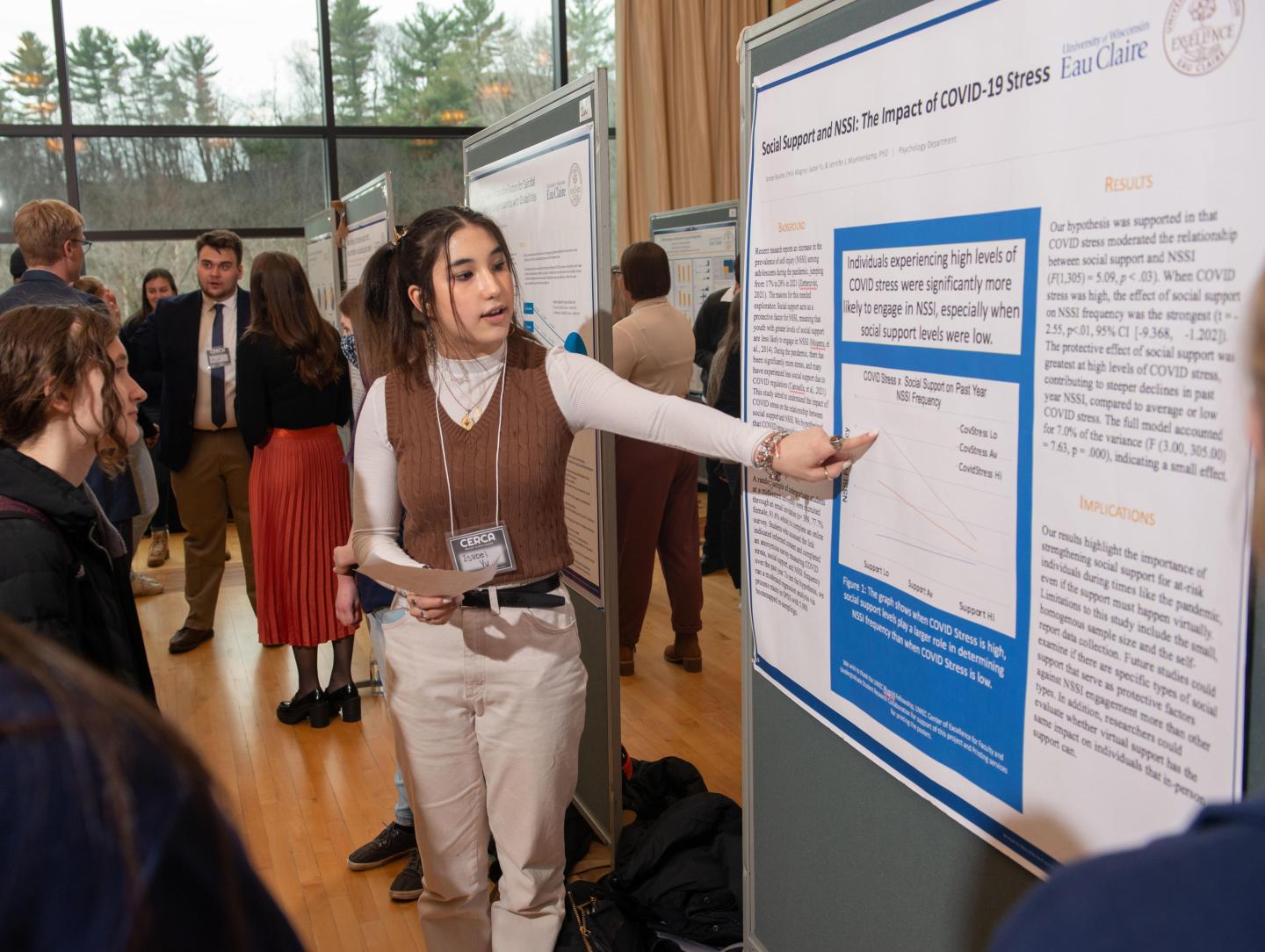Emeritus professor Dr. Kim Pierson carries out research projects that involve renewable energy and robotics. A current renewable energy project involves developing a low-cost light-weight solar water heater that can not only be used to pre-heat hot water for electric and gas water heaters but it can also provide hot water to be used with a ground-source heat pumps to heat buildings. A current robotics project involves the design and fabrication of autonomous robots that can navigate and avoid obstacles using an array of sensors and cameras that can provide a 360 degree field of view around the robot. The robots can communicate with each other and perform coordinated activities. The robots can also serve as “avatars” for human operators. Dr. Pierson is also involved in the new unmanned aerial systems program (UAS) through the Geography Department that teaches students how to safely design, fabricate and fly small drones and planes to collect geospatial data for analysis and mapping. In addition, Dr. Pierson collaborates with local and regional companies to develop software/hardware systems to control industrial processes and equipment using the computer interfacing program called LabVIEW.
